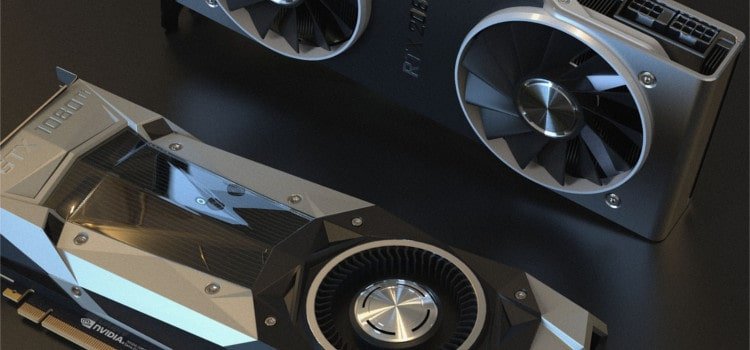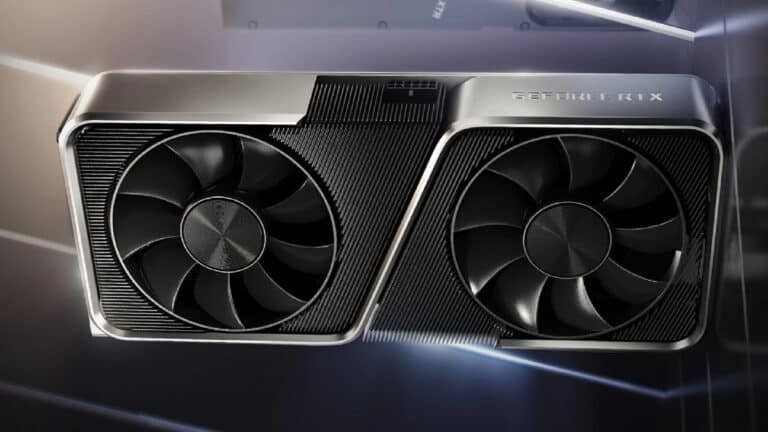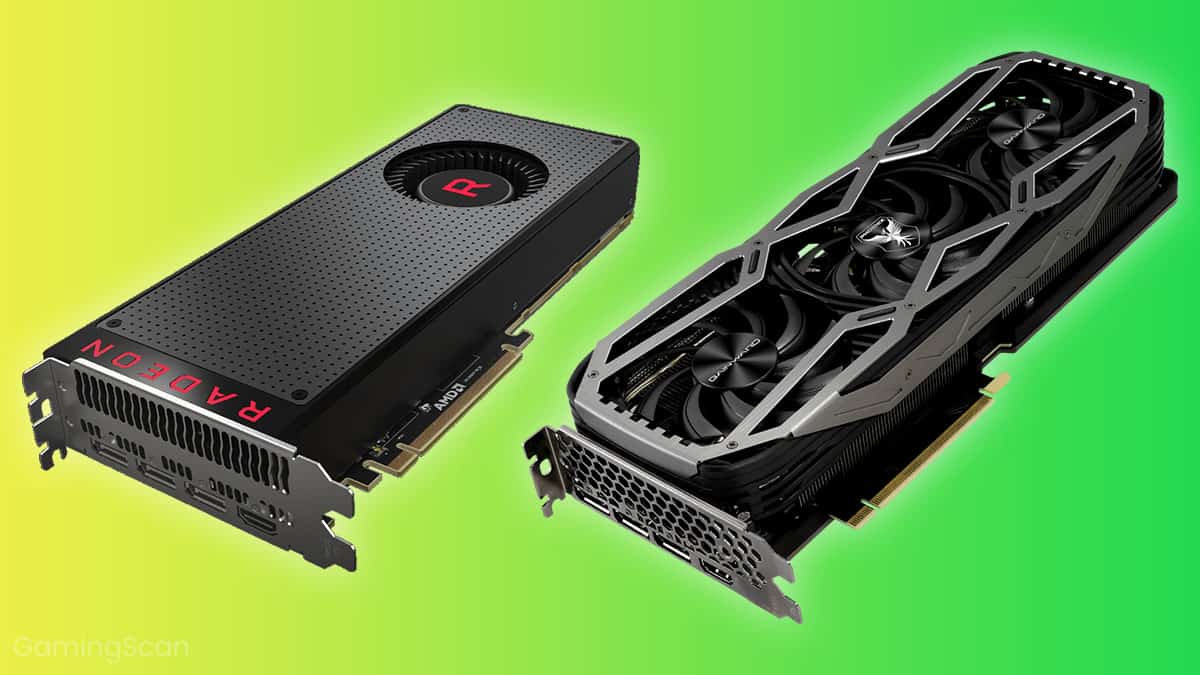GDDR6 vs GDDR6X, The graphics synchronous dynamic random-access memory (SDRAM) on a graphics card is available in GDDR6 and GDDR6X. A synchronous dynamic random-access memory is another name for them (SGRAM).
If you take the heat sink off the graphics card, you can see the graphics processor (GPU), which is surrounded by multiple black rectangular chips. These are the SGRAMs on the GPU, which serve as the GPU’s RAM.
However, given that NVIDIA has begun utilizing this component in lower-core GPUs like the RTX 3060 Ti, it is important to understand how they differ from one another. In this manner, choosing a graphics card would be easier for you.
Explore the Contents
What Changes in GDDR6X?
The differences between GDDR6 and GDDR6x are minimal. The encoding technology used in the devices accounts for the primary difference. All other differences are merely effects of this parameter.
Read More: CAT6 Between CAT6A: What is the Difference
GDDR6 vs GDDR6X, Encoding
The VRAM must encode data before transmitting it in order to prevent data loss. PAM-4 is used by GDDR6 instead of NRZ (Non-Return to Zero), which is used by GDDR6 (Pulse Amplitude Modulation-4).
NRZ modulates data using two signal levels, high and low, each represented by a positive and a negative or zero voltage. As a result, it can only transfer one of two power levels at once. As a result, it only allows for the transmission of one binary digit (bit), either 0 or 1, of data each clock pulse.
PAM-4, on the other hand, uses data modulation on four signal levels to allow devices to broadcast one of four power levels simultaneously. As a result, it can convey the bits 00, 01, 10, and 11.

GDDR6 vs GDDR6X, Bandwidth and Effectiveness
Although the encoding variation may not appear significant, it actually affects the SGRAM’s data transfer rate. This is so that encoded data, rather than raw data, can be transmitted by the device.
The maximum per-pin bandwidth offered by the GDDR6 SGRAM is 16 Gigatransfers per second (GT/s). This figure increases to 19–21 GT/s with PAM-4 encoding, a bandwidth increase of more than 40%.
We need to first examine how these graphics SGRAMs operate before we can determine how this actually affects GPU performance. Before transferring them to the GPU cores for rendering, these components store the visual textures, frames, and shaders.
This is true only as long as the SGRAM has data available to push to the cores, though. You will continue to suffer lags or stutters if it doesn’t buffer enough data required for the entire rendering due to a reduced SGRAM capacity or other factors.
There is no doubting, however, that GDDR6X outperforms GDDR6 if all other variables remain constant.
GDDR6 vs GDDR6X, Energy Usage and Efficiency
GDDR6X is more effective than GDDR6 in terms of transmission because it can output two bits at once. GDDR6X typically uses 15% less power per bit delivered than GDDR6. The total power consumption over a time period still exceeds that of GDDR6, despite the fact that it is substantially quicker.
The GPUs with GDDR6X also heat up more than those with GDDR6 due to this increase in power consumption. Therefore, with such gadgets, better radiators are needed.

Accessibility and Price
GDDR6 vs GDDR6X, Since the GeForce RTX 3070 Ti, all GPUs have used GDDR6X, with practically all earlier versions using GDDR6 or below.
However, NVIDIA introduced the GeForce RTX 3060 Ti graphics card featuring GDDR6X SGRAM on October 19, 2022. Therefore, this is the only device for which the price difference is significant. Nevertheless, there is a warning. The Founder’s Edition GeForce RTX 3060 Ti and GeForce RTX 3060 Ti GDDR6X were only available for a brief time, despite the fact that their pricing are not much different.
Following then, only PC or motherboard manufacturers’ products can be found on the market. As a result, even between GPUs of the same type, prices can vary significantly. However, GDDR6X is typically a little more expensive.
GDDR6 vs GDDR6X, Conclusion: Do the differences matter?
GDDR6X is unquestionably preferable to GDDR6 if you need to purchase a new GPU, provided that all other specifications remain constant. However, since the majority of GPUs feature independent graphics SDRAMs, we genuinely advise taking into account all of their other characteristics. For instance, those with GDDR6 would be appropriate for your application if you are concerned about power consumption and don’t require the most advanced GPU.
The swapping of a GPU with a higher CUDA core count for one with GDDR6x SGRAM is typically not advised. If we compare the performance of the GeForce RTX 3070 with GDDR6 and the GeForce RTX 3060 Ti with GDDR6X, for instance, the performance provided by the additional 21% CUDA cores on the RTX 3070 is nowhere near equal to the 40% increase in SDRAM bandwidth in GDDR6X.
The SGRAM capacity vs. speed situation is the same. They do not conflict with one another, and you cannot exchange one for the other.
GDDR6 vs GDDR6X, You should also bear in mind one more point. The memory speed offered by GDDR6X is significantly faster than GDDR6. This speed is only beneficial, though, if the 16 GT/s bandwidth of GDDR6 is insufficient for your processing needs or creates bottlenecks. Because of this, all top-tier NVIDIA GPUs, such as the RTX 3080, 3090, or 40 series, come standard with GDDR6x memory.
The SGRAM doesn’t typically required to operate at speeds of more than 16 GT/s with any of the earlier devices. The performance improvement that occurs in these circumstances is hardly noticeable. Therefore, even if NVIDIA eventually decides to offer GDDR6X. For additional budget-friendly devices, upgrading to the better alternatives is not cost-effective.



